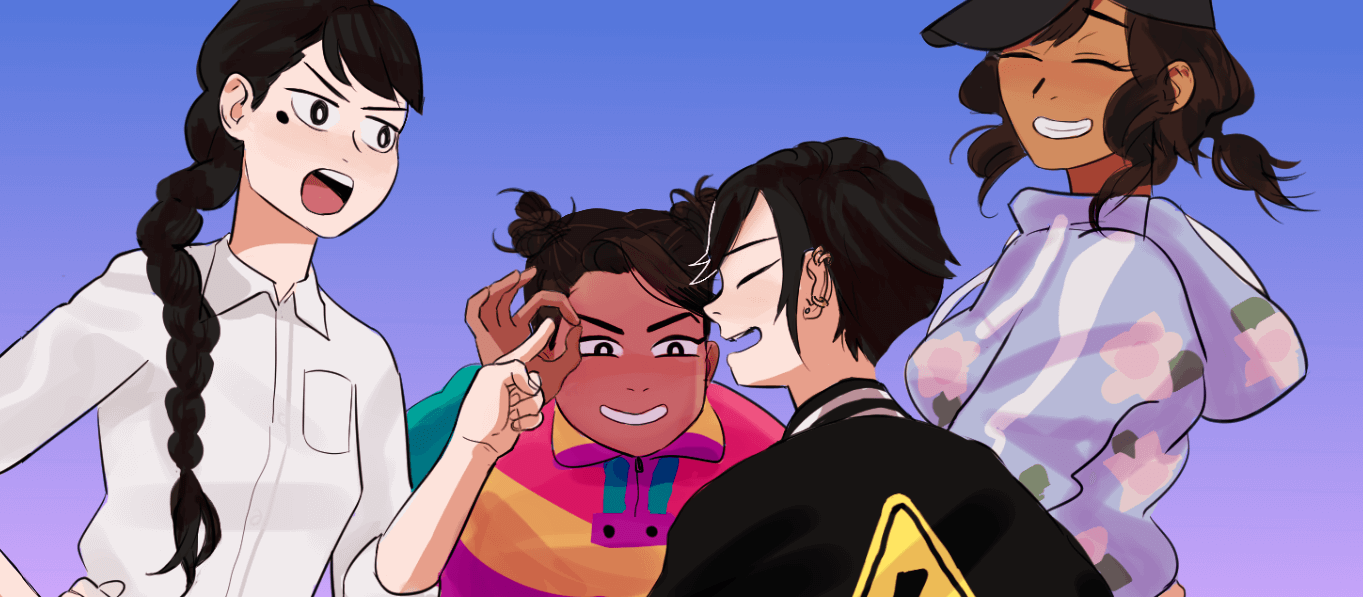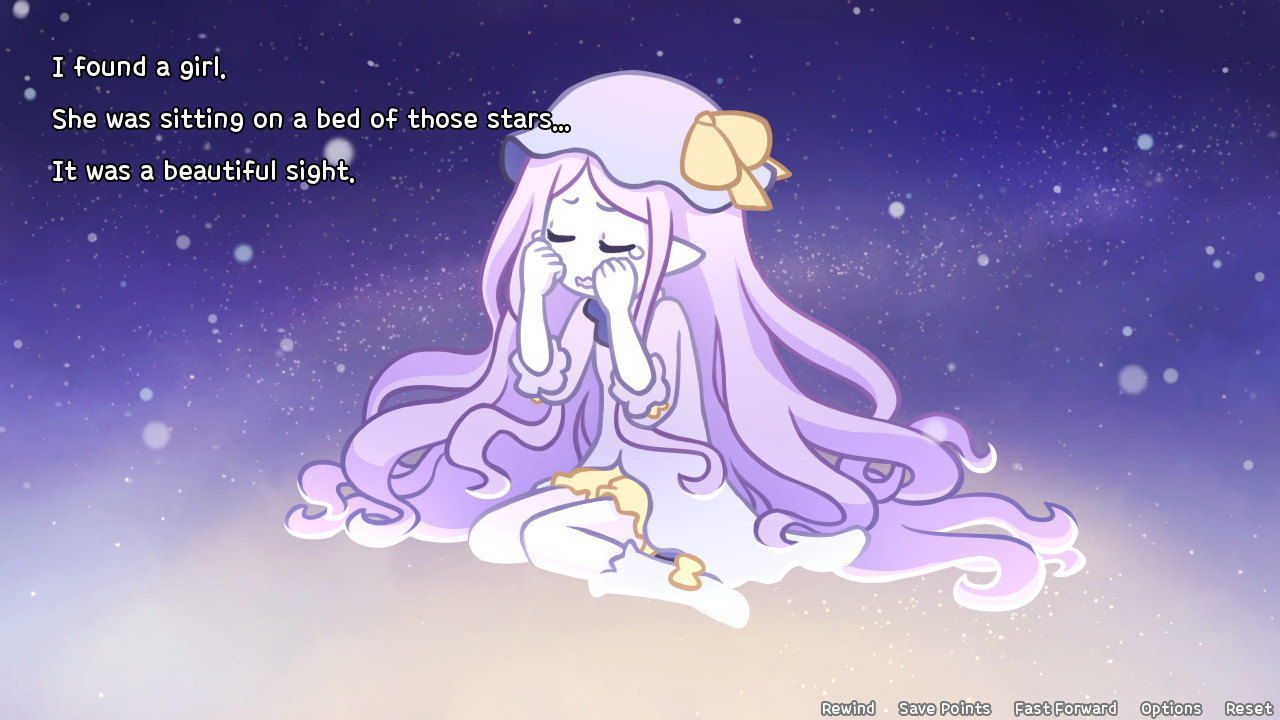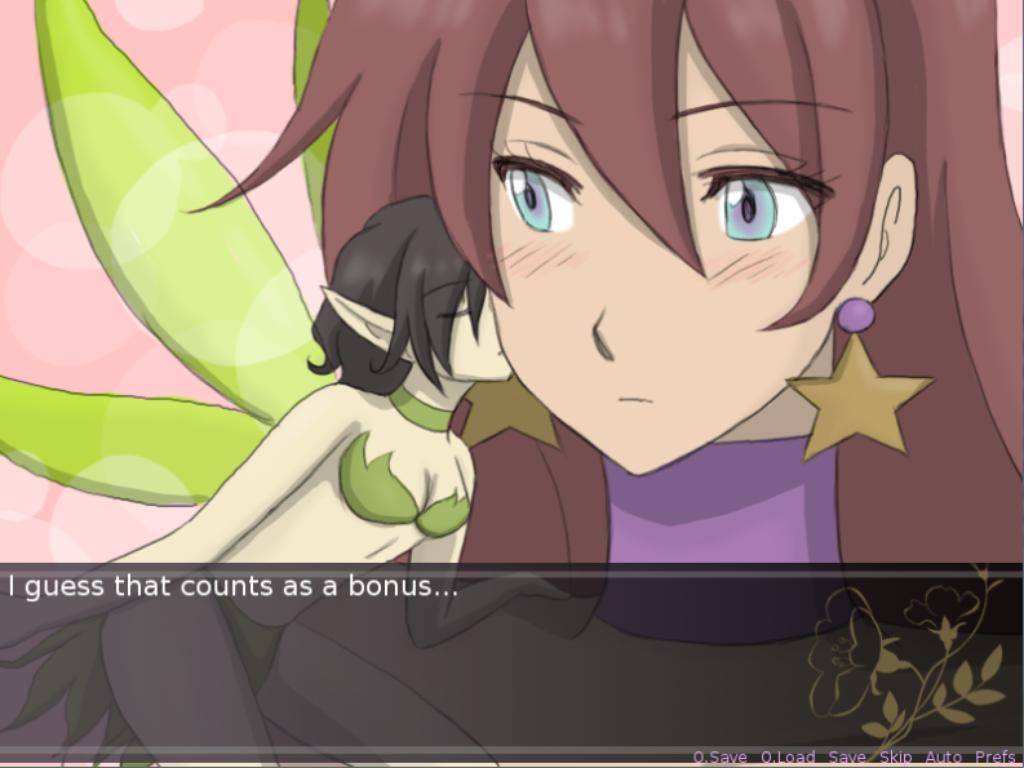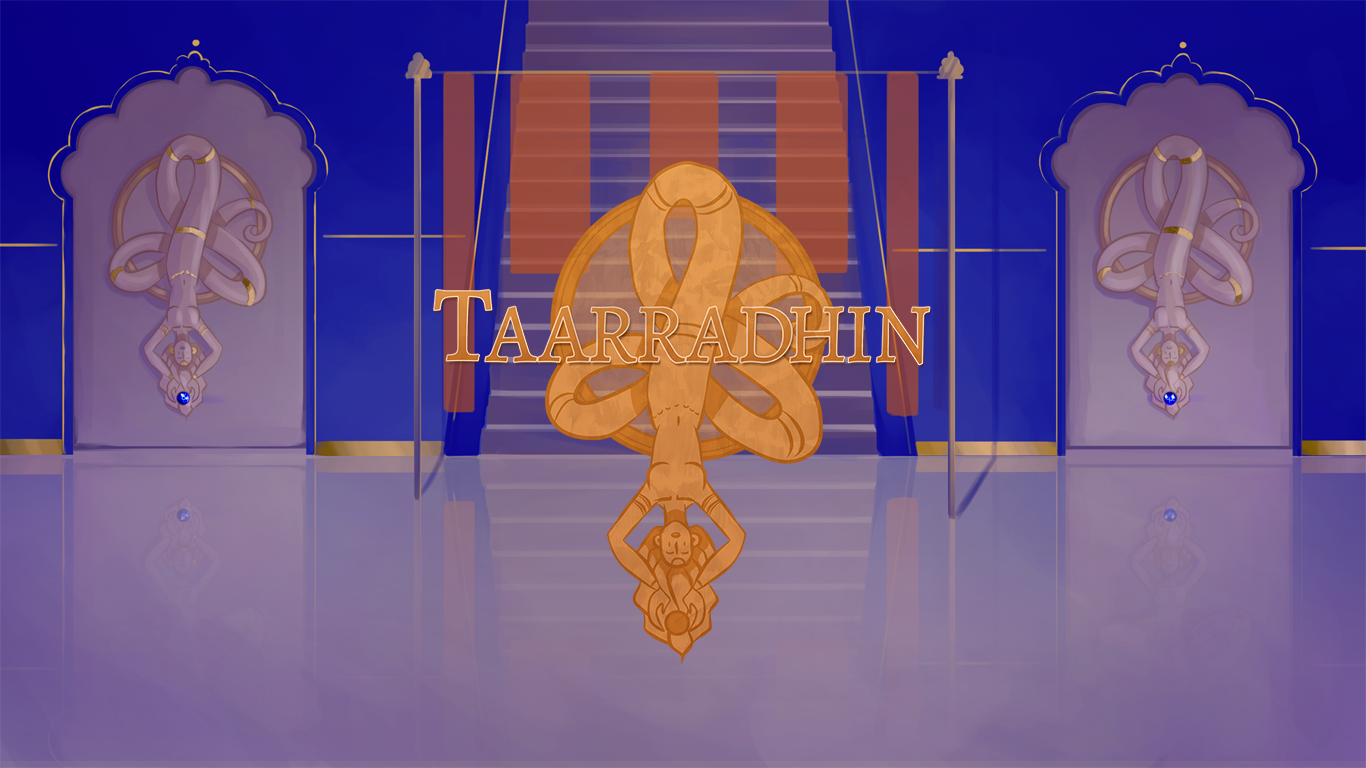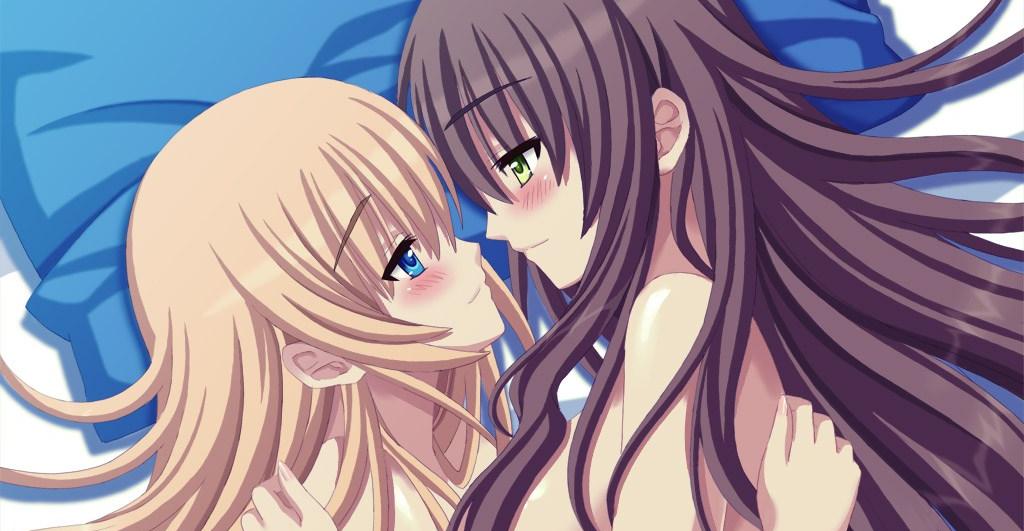
Warning: Major spoilers for the original Doki Doki Literature Club! ahead!
The viral success of Doki Doki Literature Club in late 2017 sent shockwaves throughout the visual novel world, sparking some highly polarized reactions. While many hardcore VN fans dismissed the game as shallow and expressed irritation towards the over-the-top praise it received, Team Salvato’s project had a lot going for it and quickly gathered an enormous fanbase. Excellent use of visual and sound gimmicks and brilliant subversion of the basic visual novel/dating sim gameplay conventions made it an extremely effective, creepy horror game. While in no way an in-depth critique of the genre and having very little replayability because of its reliance on gimmicky plot twists, I still see it as a masterfully-crafted and enjoyable experience, having relatively few contenders on the EVN scene when it goes to memorability and attention to detail. While it might be hard to see past the overwhelming meme culture and misconceptions around it, on its own, DDLC defends itself perfectly well and I consider it a solid 4/5 title – not a masterpiece, but something I would be willing to recommend to pretty much anyone with interest in VNs as a genre.
A part of DDLC that many people casually ignore is the moege-like first act, which is, in my opinion, a great piece of lighthearted, SoL-focused storytelling. While it was on purpose fluffy and generic, Salvato’s writing, designs of the heroines, the ingenious “poem writing” route selection mechanic and the romance progression were actually very enjoyable and engaging – after all, the first twist would never be even close as effective if the game wasn’t able to immerse you in its faux dating sim climate. I’ve myself many times expressed the thought that I’d be very interested in playing a “normal”, lighthearted version of DDLC, especially because how gratifying it would be to see happy endings for the heroines, with whom I've developed a bit of emotional connection, after how harsh the main game treated them. And it was after sharing this thought that someone pointed me towards DDLC Purist Mod, an ambitious fan project based on exactly that premise – transforming Salvato’s game into a proper romance story and giving a chance for happiness for all the girls of the Literature Club, including its tragic villainess, Monika.
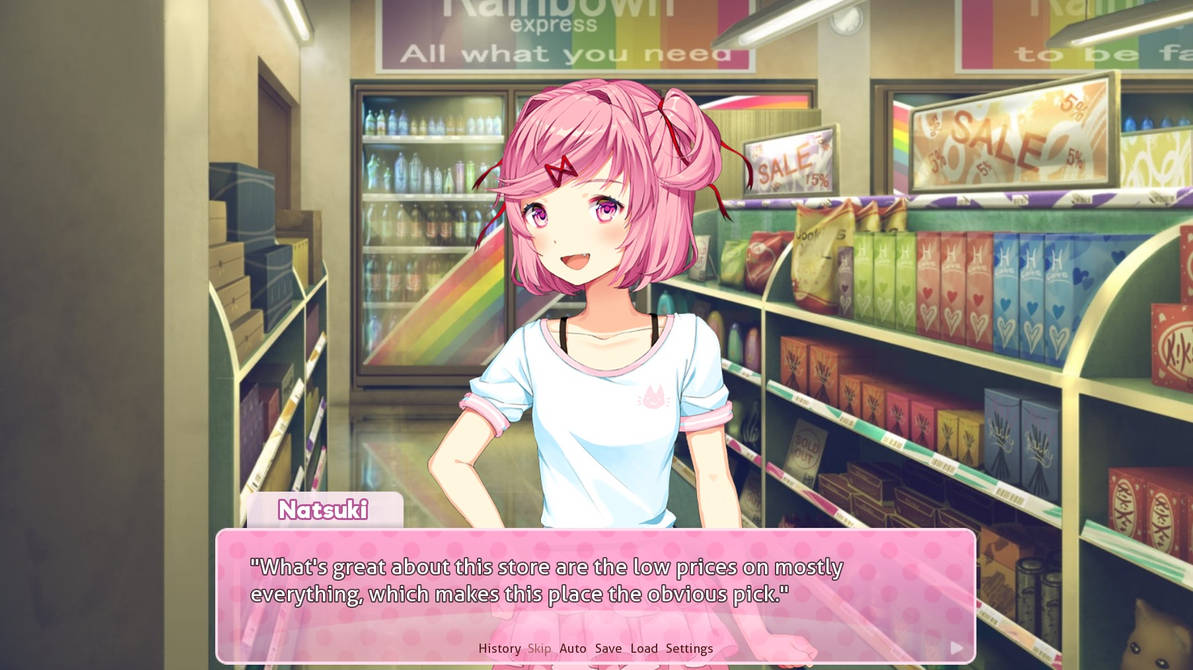
The mod’s authors definitely struggled with pacing their story, inserting some wholly unnecessary dialogue and filler scenes
To be fair, saying that the Purist Mod exactly matches the idea I’ve expressed above is an exaggeration, as “lighthearted” is probably not the right word to describe it. Released nearly exactly a year after DDLC’s premiere, the mod picks up where the base game ended, but with the player taking control back from Monika and promising to “make things right”. Because of this, the new story segments (there are around 10 hours of new content in total) focuses not on the fluffy romance, but rather on resolving the heavy drama that was hidden beneath cute facades of all the heroines: Sayori’s depression, Natsuki’s domestic problems, Yuri’s low self-esteem and self-harm, and, as the conclusion, Monika’s conscious entrapment within a fictional world. Instead of transforming DDLC into another game entirely, modders played within the ruleset already established by Dan Salvato and created a positive conclusion without breaking it, which was both smart and ultimately satisfying to experience.
The execution of this concept, however, is not entirely smooth. To the fair to the authors, the deck was in many ways stacked against them – using only slightly modified Act 1 as their basis, they worked on a story which has been built towards the genre shift and maximum shock value, rather than compelling slice-of-life drama. Sayori’s depression especially was an element introduced to disrupt the flow of the romantic story, and had to be dealt with in some way to even make other routes possible. The modders managed to resolve this problem somewhat effectively, but still couldn’t avoid the tone shift being painfully obvious – the cute, lighthearted charm of DDLC’s first hour inevitably disperses as soon as the drama is introduced and it becomes the player’s explicit goal to overcome the personal problems of the heroines. And while all of this is rather justifiable, a bitter gripe of mine might be connected to the inclusion of additional choices and bad endings – while the mod is very careful to not go overboard with depressive plot elements and stay away from the original’s horror themes, I’m not sure whether there’s any point in adding new layers of misery to DDLC’s story. The new content being purely kinetic (or having “meaningless” choices serving only immersion purposes), but more focused and polished would probably leave me with a much stronger impression, although I know that’s in large part up to personal preference.

The choices added in the mod are very much on the “obvious” side of things, but undoubtedly matter more than the ones from the original
The bigger and more “objective” problem than the tone and structure of the new content is the quality of writing, which in my opinion never rises to the levels of Dan Salvato’s. Pretty much the moment the new lines kick in you can feel the pacing of the game and the quality of prose going down significantly. I’m a bit torn on whether criticizing this is fair in a fan project, but it’s obvious to me that a professional-level editor could do wonders when it goes to how the mod reads, with obvious mistakes such as word repetition and overuse of characters’ names in dialogue showing up consistently. There’s also undeniable excess in the first three routes, with too much internal monologue and filler scenes that are neither necessary nor very amusing. While I’m generally a huge fan of SoL, here the authors quite often missed the point on what makes it meaningful or amusing, with way too many moments feeling just mundane and empty.
The thing I’m absolutely comfortable criticizing, however, is the numerous inconsistencies when it goes to character development and continuity. The original DDLC characters were inherently exaggerated, so it was hard to keep them completely “intact” when transferring to genuine drama, but their quirks and mannerisms were far too often completely lost in the added parts of the game – and those were among the main factors that made the original SoL moments endearing. While the “intimate” moments between the protagonist and the heroines still work more often than not, many of the extra scenes in the Literature Club during Yuri's, Sayori's and Natsuki's routes are surprisingly bland and off-character. There are also some very disappointing plot holes and instances of hardly-justifiable “anime logic”. The protagonist’s bond with Sayori seems completely reinterpreted from what he expresses at the beginning of the game (suddenly he always cared for her deeply), undermining the significance of her confession at the end of Act 1. Parents do not exist for any of the characters, except for the one instance when the plot demands it (that is, obviously, Natsuki’s route) and the new content introduces scenarios that make this absolutely absurd (like the protagonist living with one of the heroines for literal months without anyone intervening). These things are painful to observe mostly because they were easy to fix without much technical or conceptual effort, and the fact the game’s world is explicitly fictional does not really justify it – it would only work if the mod played really hard on the meta aspect of DDLC and it really doesn’t, at least outside of Monika’s route.
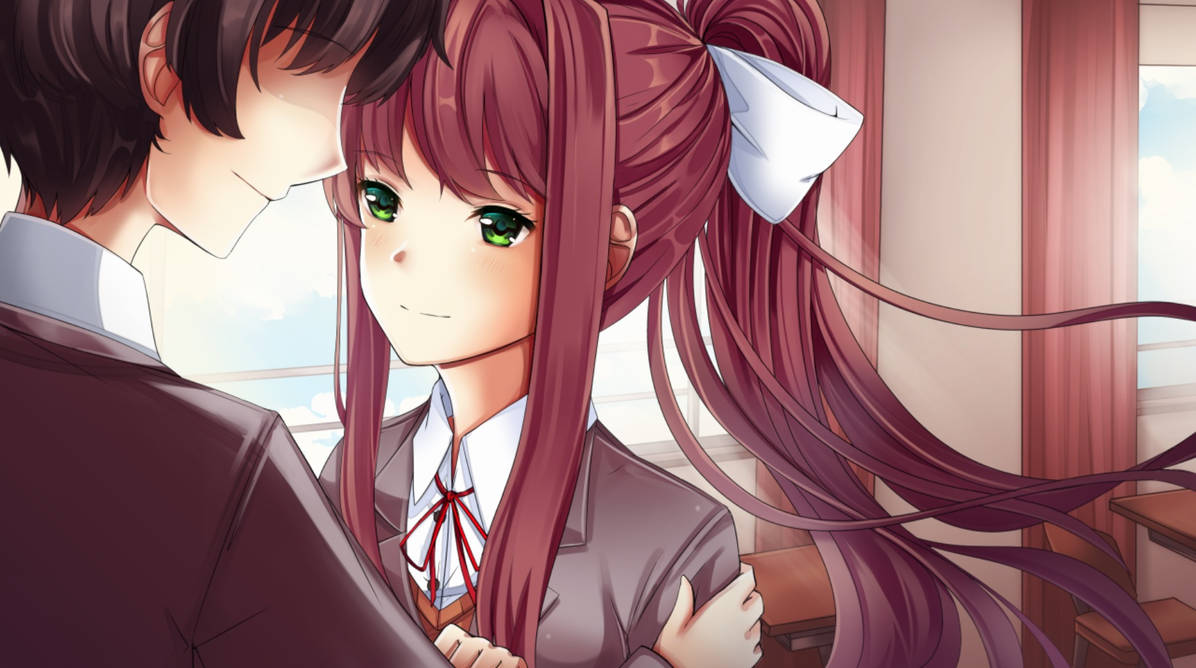
The additional art is a bit hit and miss, but does its job decently enough and underlines the crucial moments of the new storylines
Speaking about Monika’s route, for me it was definitely the most enjoyable part of the experience and the real pay-off of the Purist Mod. Admittedly, with her being so much of a wildcard character, it was way harder to get her “objectively” wrong. Still, this part of the mod did many other things right, focusing a lot more on the Literature Club and (non-comedic) fourth-wall-breaking aspect of the game, keeping a climate quite similar to the official first act. It also didn’t have to invent drama, because the problem was clearly laid out by the original – we have Monika struggling with her unnatural situation and guilt from what she originally did, which is developed and resolved in a way much less contrived and overdramatized than what the other girls go through. Also, as other heroines stay in their support roles, their behaviour is more consistent with what we already knew, while Monika herself is a truly tragic heroine, who despite some writing slip-ups and cheesy dialogue gets many of the most touching and interesting scenes in the mod. The contrast between my enjoyment of her arc and the ones before it makes me quite comfortable with saying that you should feel free to just scan through Sayori’s, Yuri’s and Natsuki’s routes, to get a feel of how their problems were resolved and focus on reading through Monika’s route carefully – it only unlocks after finishing all other arcs, for narrative reasons, but it’s where the Purist Mod’s true strength lies.
A bit also has to be said about mod's visual and sound assets. Those were also visibly not on par with the original, but for the most part, mimicked its style quite effectively and you should easily forget about the slight inconsistencies when you immerse yourself in the story. As the game uses most of the non-horror-related assets the original offers, only a few extra CG’s and backgrounds were enough to make it feel like a proper VN and the new tunes complement the sombre moments much more prevalent in the added portions of the story. In the end, I think that the Purist Mod is very much worth checking out for all those that enjoyed DDLC not just for its gimmicky horror, but also the interesting story elements and characters it created. It was meant to give the player closure that the original by design didn’t even try to offer and in this respect, it works fine. With all its flaws and inconsistencies, it’s a very impressive fan project and one I in many ways enjoyed – and the possibility to play through a proper, intelligently-crafted Monika’s route might by itself makes it worth experiencing.
Pros:
+ Decently-sized and ultimately satisfying routes
+ Well-embedded into DDLC lore
+ Well thought-out and compelling Monika’s arc
Cons:
- Mediocre prose
- Inconsistent characters
- Irritating plot holes
VNDB Page
Download Doki Doki Literature Club and the DDLC Purist Mod for free





